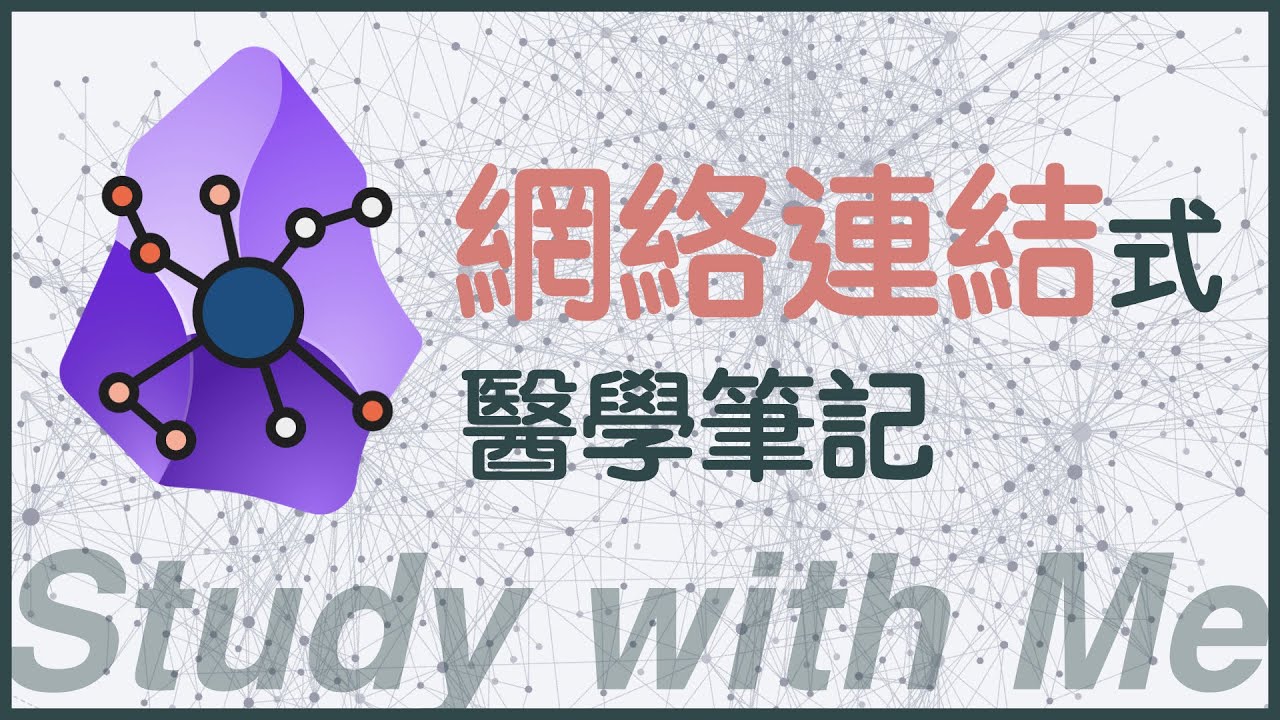You're not stupid: How to learn difficult things with Obsidian
Summary
TLDRThe speaker shares their transformative experience using Obsidian, a free writing app that revolutionized their learning process by creating a network of interconnected notes. They emphasize the app's simplicity, the ability to link ideas, and the network effect it has on learning, which aligns with how our brains naturally work. The speaker also recommends the book 'Make It Stick' and suggests starting simple with Obsidian before exploring advanced features. They highlight the benefits of data privacy and cross-platform availability, urging viewers to try the app for its potential to enhance their knowledge network.
Takeaways
- 📝 The speaker has been using the free writing app Obsidian for six months, which has significantly improved their learning process.
- 🌟 Obsidian is not sponsored in the video; the sponsorship is by Brilliant, a learning platform for math, science, and data science.
- 💡 Traditional note-taking methods are often isolated and don't allow for the interconnectedness of ideas, whereas Obsidian enables a network of notes.
- 🔗 Obsidian allows users to link notes together, creating a visual web of thoughts, ideas, research, and readings.
- 🧠 The app mimics the way our brains work, supporting the network effect in learning, which has been backed by research over the past 20 to 30 years.
- 📚 The speaker recommends the book 'Make It Stick: The Science of Learning' for further insights into effective learning strategies.
- 📈 Obsidian encourages the development of a personal knowledge network, which can lead to a chain reaction of idea generation.
- 🔑 The app stores notes as plain text files on the user's machine, ensuring privacy and avoiding proprietary format issues.
- 📱 Obsidian offers a premium feature for syncing notes with mobile devices, enhancing accessibility and convenience.
- 🎓 Brilliant.org, the video's sponsor, provides interactive learning experiences in coding and data analysis, promoting a hands-on approach to learning.
- 🎉 The first 200 users to sign up through the provided link will receive a 20% discount on Brilliant's annual premium subscription.
Q & A
What is the main topic of the video?
-The main topic of the video is the introduction and benefits of using the free writing app, Obsidian, for transforming one's learning and note-taking process.
How long has the speaker been using Obsidian?
-The speaker has been using Obsidian for the last six months.
What is the primary benefit of using Obsidian for note-taking?
-The primary benefit of using Obsidian is that it allows users to create a network of interconnected notes, which enhances learning and idea generation by linking different thoughts and pieces of research.
How does Obsidian differ from traditional note-taking methods?
-Unlike traditional note-taking methods that result in separate and unconnected notes, Obsidian enables users to link notes together, creating a web of interconnected ideas and knowledge.
What does the speaker suggest doing with Obsidian after installation?
-The speaker suggests creating an empty vault, starting a new note, and linking it to other notes or ideas to begin building one's knowledge network.
What is the 'network effect' in the context of learning and ideas?
-The 'network effect' in the context of learning and ideas refers to the phenomenon where multiple connections between different ideas and insights create a chain reaction of idea-making, enhancing the learning process.
Which book does the speaker recommend for understanding the science of learning?
-The speaker recommends the book 'Make It Stick: The Science of Learning and Memory' for understanding the science of learning.
What feature of Obsidian ensures that the user's data remains private and accessible?
-Obsidian stores the notes as plain text files on the user's machine, ensuring privacy and accessibility without relying on a proprietary format.
How can users sync their Obsidian notes with their mobile devices?
-Users can sync their Obsidian notes with their mobile devices by paying for the syncing feature offered by the app.
What is the sponsor of the video and how does it relate to learning?
-The sponsor of the video is Brilliant.org, a platform for learning math, science, and data science interactively, which aligns with the video's theme of effective learning techniques.
What does the speaker suggest for users to do after watching the video?
-The speaker suggests that users download Obsidian, go through the 'Getting Started' section of the help page, and begin using it to start building their knowledge network.
Outlines

This section is available to paid users only. Please upgrade to access this part.
Upgrade NowMindmap

This section is available to paid users only. Please upgrade to access this part.
Upgrade NowKeywords

This section is available to paid users only. Please upgrade to access this part.
Upgrade NowHighlights

This section is available to paid users only. Please upgrade to access this part.
Upgrade NowTranscripts

This section is available to paid users only. Please upgrade to access this part.
Upgrade NowBrowse More Related Video

Why Zettelkasten Is the ONLY Note-Taking System You’ll Ever Need

ZETTELKASTEN: Como aprender mais rápido usando o Método Zettelkasten

Learn more than 99% of software engineers with just two tools

Obsidian: The King of Learning Tools (FULL GUIDE + SETUP)

Not Tutarken Bu Yöntemi Kullanmak Size İkinci Beyin Kazandıracak

醫學生怎麼用Obsidian建立知識庫?分享我的實際唸書流程!
5.0 / 5 (0 votes)